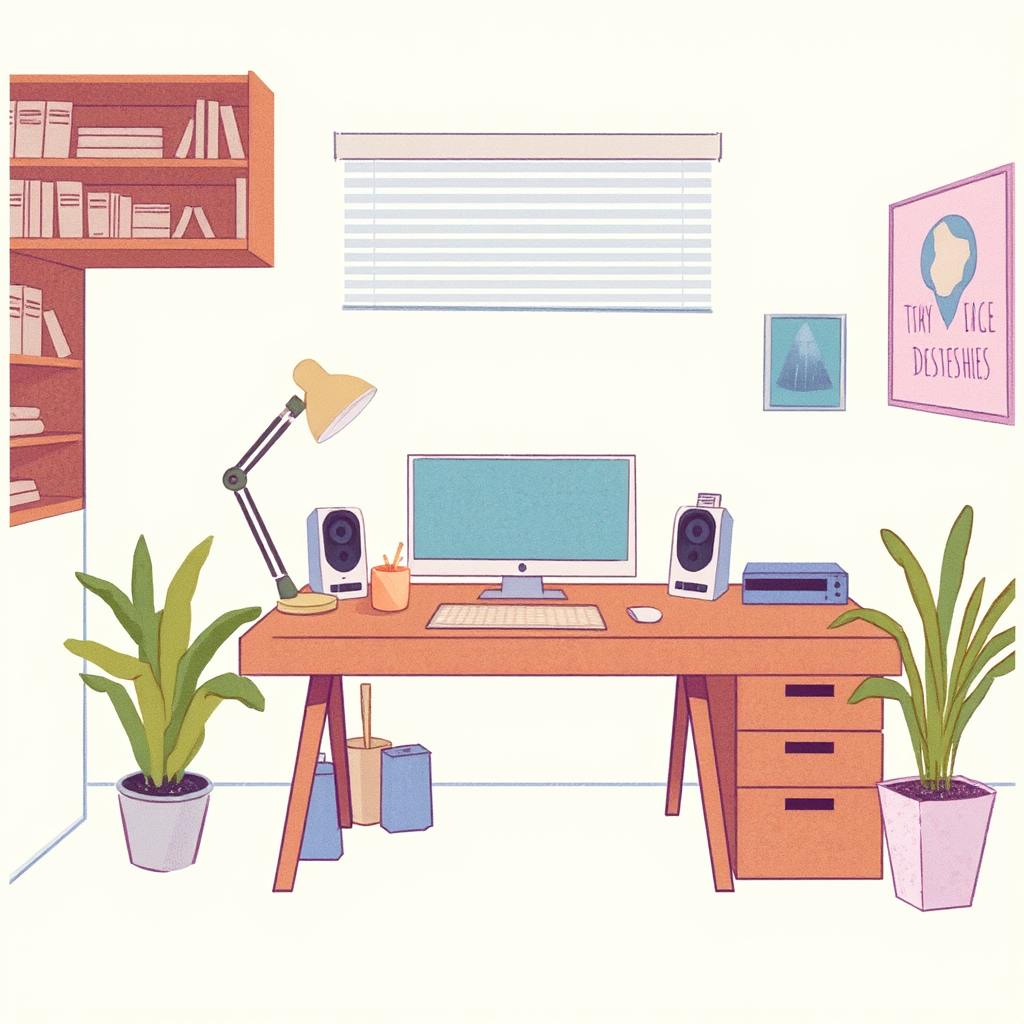The best design system organization is crucial for maintaining efficiency, consistency, and scalability. Design systems have become an essential tool for UX designers, enabling them to streamline their processes and create cohesive user experiences. By understanding the fundamentals of design and systems, professionals can ensure they are effectively leveraging the full potential of design systems. This article offers expertise on achieving the best design system organization by exploring key principles and showcasing exemplary design system examples to enhance your workflow.
Understanding the Fundamentals of Design Systems
Design systems serve as the backbone of a streamlined design process, acting as a repository for consistent visual guidelines, components, and design specifications. These systems provide a shared language for design and development teams, ensuring that everyone is aligned on the project's look and feel. A well-organized design system includes not only UI components but also the rationale behind each design choice, offering clear guidance for future iterations. By prioritizing clarity, you position your team for success, enabling everyone to work more efficiently and with greater unity.
Key Elements of a Well-Organized Design System
To achieve the best design system organization, focus on the following key elements:
- Modular Structure: Break down your design system into manageable sections such as typography, color schemes, iconography, and components. By organizing these elements modularly, you allow for easier updates and improvements over time.
- Comprehensive Documentation: Ensure that every part of your design system is well-documented. Your documentation should provide developers and designers with guidance on the usage of elements and articulate the principles behind each decision.
- Consistency in Components: A consistent component library is vital. It ensures that design elements are reused efficiently, reducing redundancy and maintaining uniformity across various projects. Normalize naming conventions and styles to prevent confusion.
- Regular Updates: Design and systems evolve; your design system should too. Schedule regular reviews and updates to keep your design system current with industry standards and evolving company needs.

AI made with Dean Jones
Benefits of an Efficient Design System
Integrating a well-organized design system comes with numerous benefits:
- Enhanced Collaboration: By serving as a single source of truth, a design system bridges the gap between design and development teams, fostering better communication and collaboration.
- Improved Productivity: Design iterations become quicker and more efficient as teams draw from an established repository rather than starting from scratch each time.
- Consistency Across Platforms: Whether it's web, mobile, or other platforms, an organized design system maintains a consistent look and feel, which is integral for building a strong brand identity.
Design System Examples to Emulate
Several organizations have exemplified best design system practices. Companies like Google Material Design, IBM's Carbon Design System, and Salesforce's Lightning Design System have set benchmarks in this domain. These systems demonstrate how consistency, comprehensive documentation, and regular updates are deployed at scale, showcasing practical implementation of theoretical concepts.
Frequently Asked Questions
Why is a design system important in UX design?
A design system instills consistency, fosters collaboration, and enhances efficiency, crucial for delivering coherent user experiences across varying platforms.
How often should a design system be updated?
Regular updates are recommended to adapt to new design trends and technological advancements, typically aligning with major project rollouts or quarterly reviews.
What tools are commonly used to manage design systems?
Popular tools include Figma, Sketch, and Adobe XD, which offer features tailored for design system management and collaboration.
FAQ: Best Practices for Organizing a Design System
Design systems have become essential for maintaining consistency and efficiency in modern digital product development. Effective organization of a design system can lead to streamlined processes, reduced redundancy, and higher quality outcomes. Here is a comprehensive guide to organizing a design system most efficiently, improving efficiency, and optimizing performance.
What are some top tips for organizing a design system most efficiently?
A. Establish a Clear Structure:
- Hierarchical Organization: Create a logical hierarchy that mirrors how design elements are used, such as foundational layers (color, typography), components, and patterns.
- Modules and Categories: Divide components into clear categories or modules such as navigation, forms, and media to make elements intuitively accessible.
B. Documentation and Guidelines:
- Comprehensive Documentation: Provide thorough documentation for each component, including usage guidelines, accessibility standards, and design considerations.
- Version Control: Implement version control practices to track changes and updates effectively, making it easy to revert to previous iterations if needed.
C. Centralized Repository:
- Single Source of Truth: Use a centralized platform (like Figma, Sketch libraries, or custom repositories) where the design system is regularly updated and easily accessible to all stakeholders.
D. Consistent Naming Conventions:
- Implement standardized naming conventions to ensure clarity and consistency across components. A well-organized naming strategy enhances the discoverability of elements.
E. Regular Audits and Maintenance:
- Schedule regular audits to review and update the design system, ensuring that it remains aligned with evolving product needs and technological advancements.
How can efficiency be improved in a design system organization?
- Cross-Functional Collaboration: Foster collaboration between designers, developers, and other stakeholders to ensure everyone has input and understanding of the design system, leading to more holistic solutions.
- Automated Processes: Utilize automation tools for repetitive tasks (such as component updates or documentation generation) to save time and reduce human error.
- Scalable Components: Design components with reusability and scalability in mind. Flexibility ensures that elements can be adapted for various contexts without the need for bespoke solutions.
- Feedback Loops: Establishing regular feedback loops with users of the design system can lead to iterative improvements and better alignment with user needs.
- Training and Onboarding: Provide training sessions and onboarding resources for new team members to familiarize them with the design system, promoting uniformity in implementation.

AI made with Dean Jones
What makes a design system organization the best?
- Consistency and Cohesion: A design system is considered best-in-class when it ensures visual and functional consistency across products, reinforcing brand identity and improving user experience.
- Accessibility and Inclusivity: An effective system incorporates accessibility best practices, making products usable and welcoming to a broad audience, including those with disabilities.
- Integration with Workflows: The best design systems integrate seamlessly into existing workflows, minimizing disruptions while providing clear and actionable deliverables for cross-disciplinary teams.
- Innovation and Adaptability: Innovation in design methodology and adaptability to new tools and technologies set top design systems apart, enabling them to respond to dynamic market needs.
What factors should be considered for optimizing a design system organization?
- User Feedback and Analytics: Regularly gathering insights from end-users and analyzing usage patterns to identify areas for improvement or expansion.
- Alignment with Business Goals: Align the design system's objectives with overarching business goals to ensure that design efforts contribute to strategic priorities.
- Technology Integration: Consider the technological stack and ensure that the design system complements development processes and tools. Compatibility with existing frameworks can enhance adoption.
- Community and Support: Develop a community of practice around the design system, providing a support network where users can share experiences, challenges, and solutions.
- Performance and Responsiveness: Optimize components for performance across platforms, ensuring fast load times and responsiveness, which are crucial for user retention and satisfaction.
By focusing on these aspects, organizations can create a design system that not only facilitates efficient and consistent design and development processes but also empowers teams to innovate and deliver exceptional user experiences.
Conclusion
The journey to the best design system organization is paved with strategic planning, continuous updates, and a focus on clarity. Whether you're starting from scratch or refining an existing system, prioritizing these elements will enhance your team's efficiency and output quality. By learning from leading design system examples and constantly iterating on your approach, you'll be well on your way to crafting a design system that serves as a foundation for innovation and collaboration in the digital design landscape.

